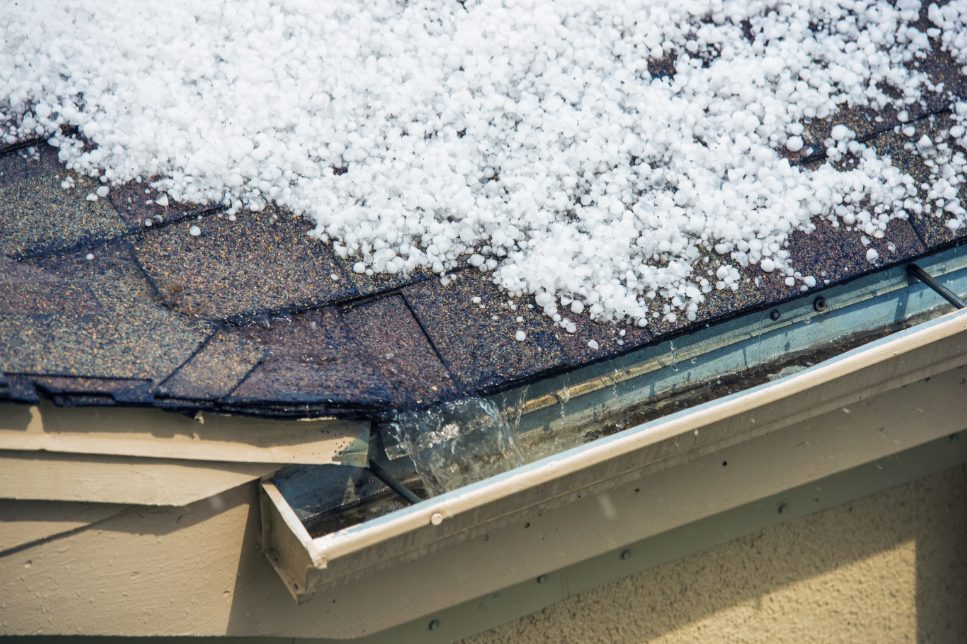
Preparing for the winter season can involve a substantial investment, but not preparing for it may lead to even greater expenses in the aftermath of a major storm or in continuously harsh winter weather conditions. Knowing how to to save money while preparing for winter's worst is a skill that every homeowner can benefit from. Here are six ways to improve on winter safety levels--and save money on future repair costs.
1. Get Your Vehicle Winter-Ready
Winterizing your vehicle is a key way to saving money during the winter Get a pre-winter inspection, a tune up, new brake pads if necessary, a full brake inspection, and a new set of tires if the tread is more than half gone. You may even want to invest in some winter tires and change into them every season. Don't neglect to top off your antifreeze and other fluids, and never let the gas tank fall below half full to avoid possible freeze-ups. By taking these steps, you’ll be able to avoid expensive car repairs--as well as potential accidents.
2. Prepare Your Gutters for Winter
One of the major contributing factors to ice damming and excessive icicle formation on your eaves--which can cost heavy roof damage--is leaky or clogged up gutters. In late fall, gutter systems should be cleared of leaves and debris, including the downspouts. If there are leaks, specialized silicone gutter caulk can plug the holes. If gutters are sagging, long lag screws and extra gutter brackets will straighten them out.
3. Mend Any Cracks in Your Concrete.
Winter's back-and-forth freeze/thaw cycle is particularly rough on concrete pavements, and existing cracks will give an opening for the damage to worsen during the winter. Inexpensive concrete caulk should be used on any cracks below a quarter-inch (0.6 cm) width, and concrete patch on cracks any larger than that. Investing in relatively cheap repairs before winter begins will save you on more costly ones next spring.
4. Use Paint to Cover Water Damage and Rust
Oil-based primer, followed by a new coat of paint, will hide water stains and minimize their growth during winter. Rusty water fixtures should be painted with rust-resistant paint to control further corrosion or replaced if too far gone. Finally, you should lubricate the moving parts of exterior fixtures with thick grease-- thinner oils and sprays tend to evaporate and wash away.
5. Upgrade Your Heating System
Inefficient heating will cost you dearly during winter when you use your heater most, so it is worth it to have your heating system inspected and tuned up. Your ductwork may need to be patched and de-dusted. You may want to invest in a more precise, programmable thermostat. It may even be time to install a newer, more efficient heating unit. While these measures will cost you something upfront, going through winter after winter with an inefficient heating system will end up costing you more.
6. Get an Energy Audit
A full energy audit will help identify specific ways you can save on energy this winter. If you are losing too much heat through your attic and walls, new insulation may be needed. Areas near outlets, vents, windows, and doors are especially prone to air leaks, but caulk and/or expandable foam sealants can correct the problem. If your windows are old and inefficient or if wood framing has warped, you may need new windows or a re-framing job. Plastic films or those with low-E shades, however, can also keep the heat in.
If a winter storm or heavy snow and wind conditions damage your home, the costs can be great. Don’t wait to see what damage winter will bring to your home this year--or how much you’ll have to pay for it. Instead, pay small amounts for easy preparations to your home, before winter even hits. The small initial cost will pay off big-time when your home is prepared for whatever winter has to offer.


